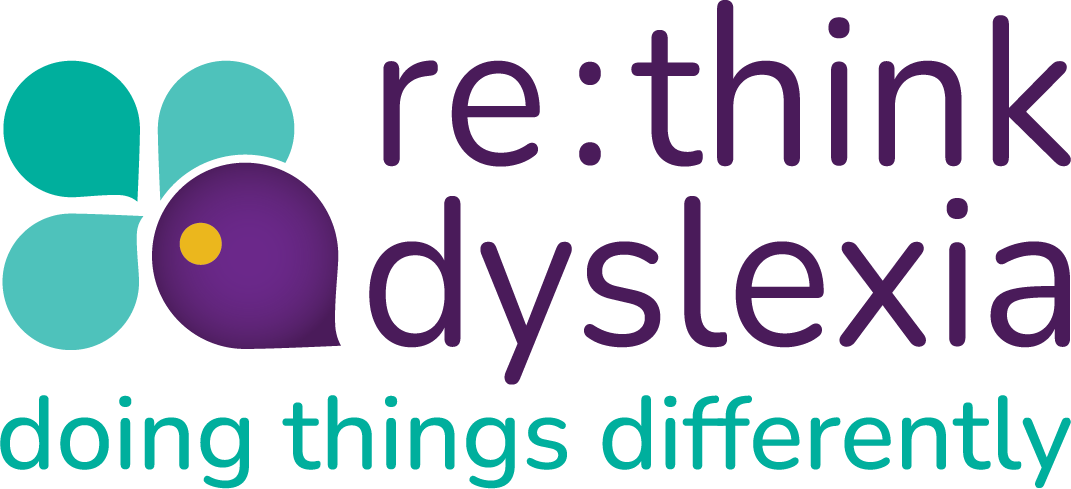Factsheet: Employers supporting dyslexic employees
 One in ten of your employees will have dyslexia and they make up 50% of the neurodivergent population. So, it is most likely you will have someone in your team with dyslexia. When dyslexic employees don’t access the support, they need this can lead to poor mental health and well-being workplace stress and lead to job burnout. There are some simple changes you can make that can help them, and you, to do the best work possible.
One in ten of your employees will have dyslexia and they make up 50% of the neurodivergent population. So, it is most likely you will have someone in your team with dyslexia. When dyslexic employees don’t access the support, they need this can lead to poor mental health and well-being workplace stress and lead to job burnout. There are some simple changes you can make that can help them, and you, to do the best work possible.
Added bonus? These changes can be helpful to the whole team, not just a team member with dyslexia, as well as improving staff retention, productivity and job burnout.
Strategies that can support your team member
- Ask them what they need first. Those with dyslexia usually have a good handle on what they need, can and can’t do
- Enable a psychologically safe workplace for dyslexic individuals to be able to disclose
- Build a culture of trust that enable mistakes and encourages employees to share their difficulties and access help
Strategies for managers
- Allow staff to work from home when there’s writing to be done. The quiet, familiar space can be really helpful.
- Check-in regularly with your staff to help with workload management and supervise them respectfully.
- Does your workplace offer the Employee Assistance Program (EAP)? People who have dyslexia often experience mental health challenges too, and the free and confidential psychologist services of EAP can really help.
- Focus on strengths. A lifetime of growing up with literacy and numeracy difficulties often means your employee with dyslexia will be creative and resourceful – tap into it!
Consider the pressure points. Be sensitive to things like reading aloud, giving presentations and writing on boards in front of a group – these are all common in workplaces but can be very stressful for people who have dyslexia. Check-in with them whether they’re comfortable with what you have in mind
Strategies for teams
- Seek opportunities for peer support. Who else in the team are they comfortable with? Is there a peer support opportunity there?
- Share strengths across team members.
- Have a team culture of growth where mistakes are ok
Strategies for the individual
- Access to assistive technology such as Grammarly, TextHelp, and Word Tune. Literacy support through technology isn’t just useful for people who have dyslexia. There are great benefits for the whole team.
- Offer mentoring and dyslexia coaching to help get a grasp on types of techniques to help in the workplace.
- Executive assistants are brilliant help with routine work and scheduling. If your employee is in a senior role, this is a great way to help.
Changes to the work environment
There are some simple things you can do within your work environment that can help someone with dyslexia including:
- Try to minimise distractions – everyone’s going to benefit from a more courteous workspace.
- Coloured folders and dividers can help to keep documents organised and easy to find.
- People who have dyslexia are often strong visually.
- Access to a whiteboard can help them visually map their ideas and plans.
- Offer quiet rooms. All of your staff will be able to utilise a breakout space for doing focussed work.
If you need help in supporting your dyslexic team members contact us at hello@rethinkdyslexia.com.au
To learn more about dyslexia and how you can help to provide a more inclusive and supportive environment within your workplace:
- What is dyslexia
- eLearning courses for those working and supporting dyslexic employees
- Dear Dyslexic Podcast Series
- Our Blog
- Factsheets: Dyslexia and more
